That is the question we will be answering as the expert group Digital Product Passport. Together with SRC System Integrators and GS1 Cirmar organises this expert group as part of the Shopping Tomorrow research programme by the Thuiswinkel.org. More than 30 companies in the supply chain have joined us. The result? A blueprint the entire sector can use to get started.
The next step for the DPP
The Digital Product Passport is here. Companies that want to make positive impact tangible, improve their own practices and show their customers what they're doing, are using the DPP to accelerate the transition to a circular economy. Now that legislation is around the corner as well, we will have to guide these companies in their quest for answers. And that means scaling up the DPP by exchanging data throughout the supply chain.
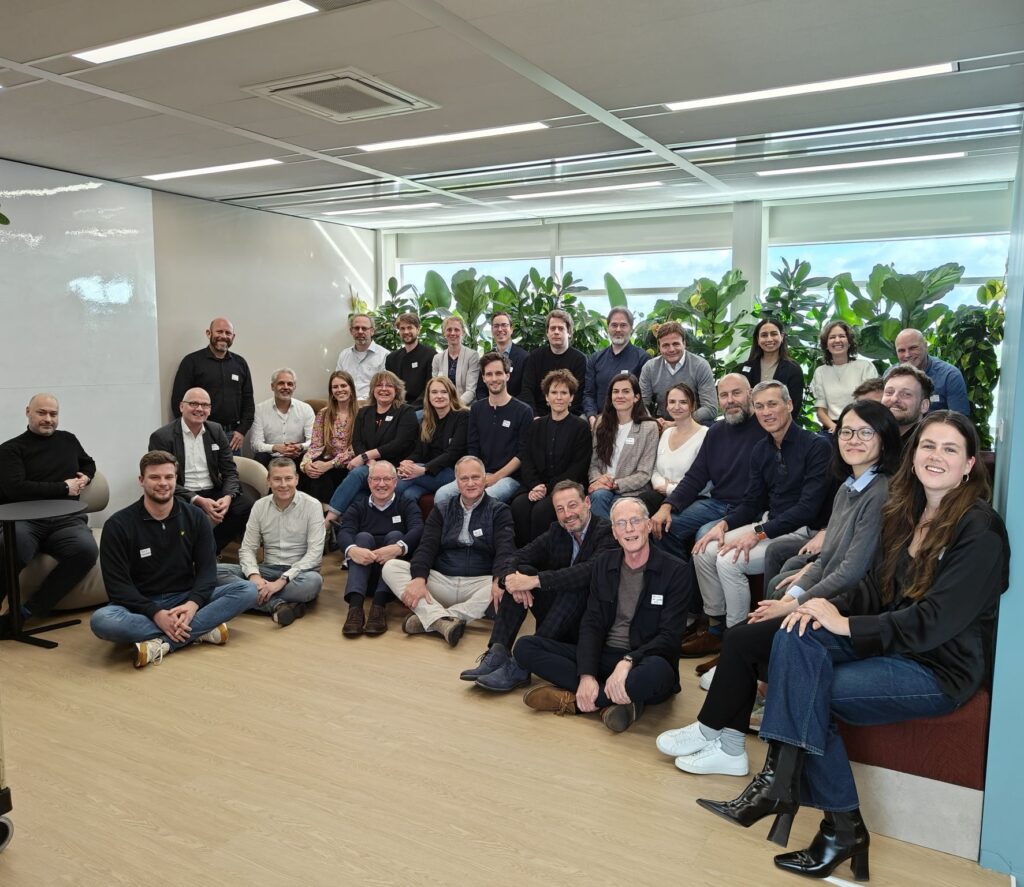
The DPP as a basis for sustainable choices
We formed an expert group on the topic of DPP's and are looking for answers on how this tool can best help companies and consumers make better product choices. We started in March and will publish a bluepaper in October, which will be presented at Thuiswinkel.org's Shopping Today event. An important task, because many companies want to take steps and implement a DPP, but are not sure where to begin. That is why we show how the DPP works throughout the supply chain and what you can gain from using it as a company and consumer. This is how we will accelerate the transition to a circular economy!
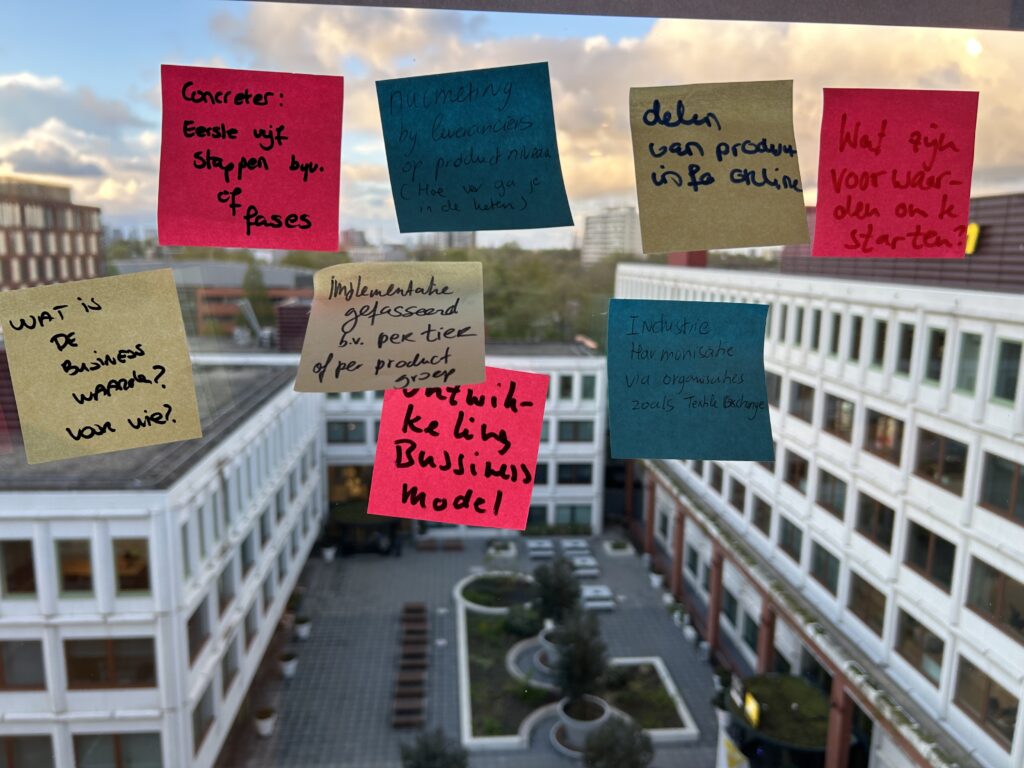
The supply chain, stakeholders and responsibilities
This week's programme was set up to clarify who the stakeholders are, what their place is in the supply chain and what their responsibilities are. An essential part of our research and the prelude to the next topic: data and data exchange. We have gained insights into what the parties in the chain expect from each other and what they can use the Digital Product Passport for. We did this by working out our research questions using three use cases. In doing so, we immediately gave a glimpse of the practical examples we will elaborate in the coming montha.
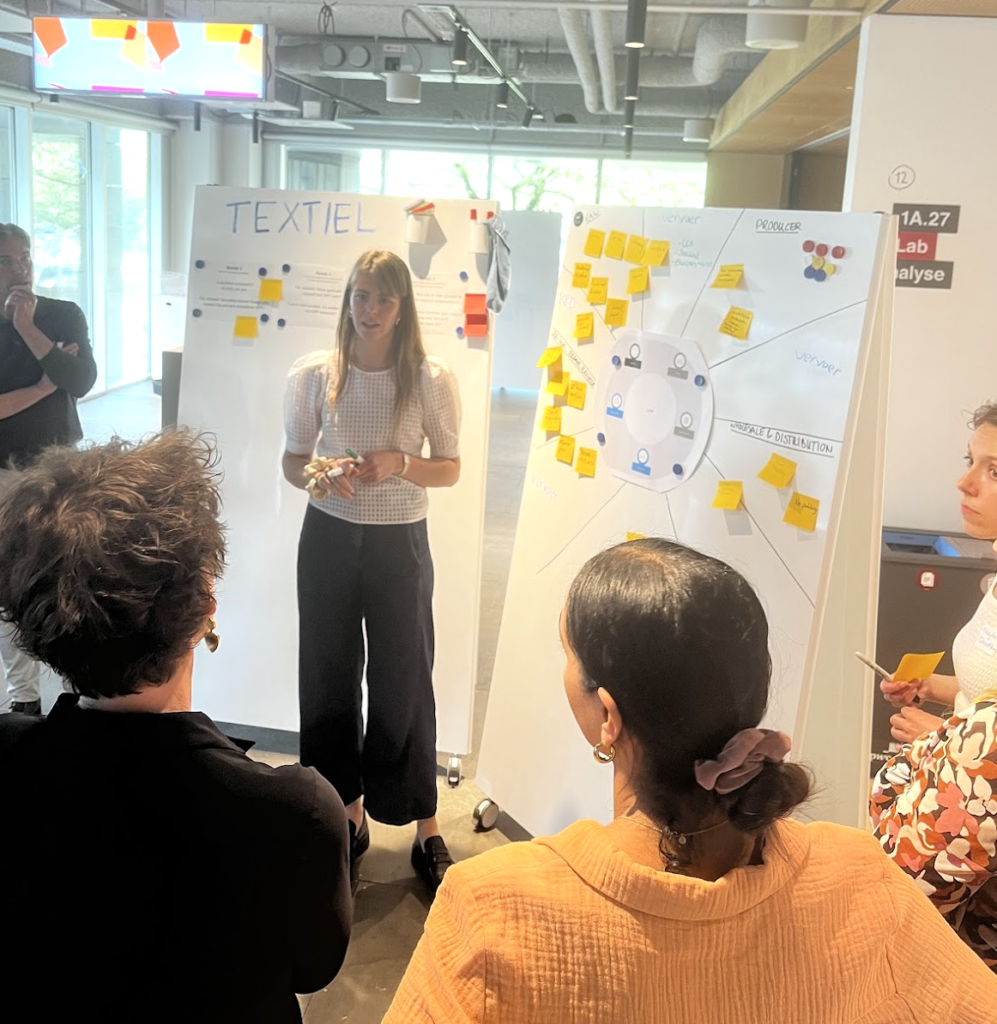
The Digital Product Passport for textiles, electonics and DIY
In three use cases, we demonstrate how a scalable DPP works. Using existing technologies, we set an example: this is how stakeholders exchange information in the supply chain! Our goal: to show that we can already scale up, by working together.
There are all kinds of reasons to work with the DPP. Material recuperation, transparency towards your customers, substantiating sustainable policies and being able to make better choices based on the data you collect. All these reasons also form the input for the upcoming Ecodesign for Sustainable Products Regulation (ESPR). This is the European legislative framework that requires products to be better designed for reuse, among other things. In addition, the ESPR stipulates that textiles, electronics and batteries must have a DPP from 2027 onwards. That is why we show those examples in the use cases, but to demonstrate that we have enough reasons to get started besides legislation as well!
Data and data exchange
What data is essential for the Digital Product Passport? And which data may we consider a luxury problem? In other words, where are we going to focus our energy now?
To answer these questions properly, as an expert group we have prioritised the data we want to see reflected in DPPs. We know that the European Union is working on mandatory data points, but we think it is important that we as the retail sector think about what is desirable, feasible and necessary. We include these data points in our bluepaper and we will share our findings with policymakers at national and European level.
Good example follows
Many companies still see sustainability as an obligation. Therefore, they also see it as work that must be done, rather than work that contributes to delivering value. To make that shift, we had some of the experts talk about their take on sustainability. These good examples placed sustainability in a broader perspective, drawing value as a concept much wider than just compliance.
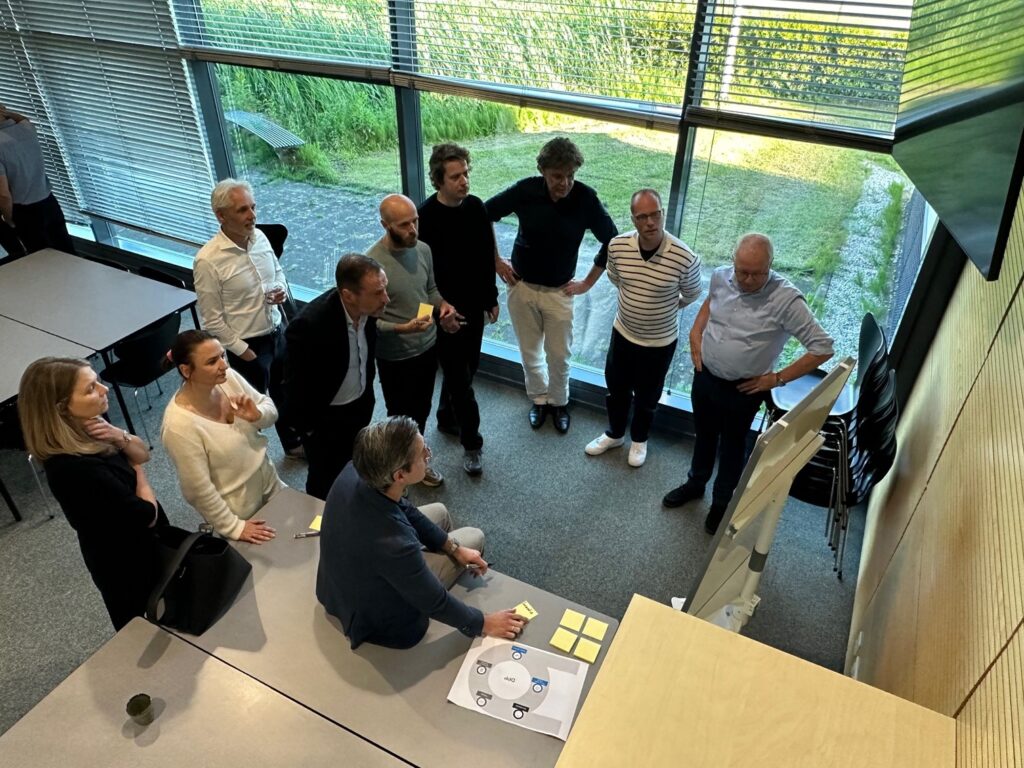
This is how it can be done.
Wanting to emphasise that the business opportunities of DPPs go far beyond compliance, we already delved into some strong examples from the market:
🧼 Birgitte and Pieter van Alpheios told us about their years of experience with circular projects and DPPs. They showed how the DPPs inspires new projects as well as being a business opportunity, including winning tenders.
🚲 Marianne van Decathlon showed how they are transforming their business model, knowing that circularity is the future. A great example of a company building a sustainable proposition with clear goals.

🟨 We mapped out how and in what ways DPPs add value. This is important input that we use to demonstrate to the market that sustainability is not just 'a compliance party', but contributes to our future in lots of ways.
On the agenda: implementing the DPP.
Getting started with DPPs is not as complicated as it may seem. At the same time, we understand that many companies see obstacles. That is why one of the sections of the bluepaper is a blueprint for implementing DPPs. We describe step by step how companies can start creating DPPs, but also show how you can use DPPs to continuously improve. After all, it is a tool you can use to set up new business models, improve your product design and make positive impact with collaborations in the chain.
In this article, we talk about our expert group Digital Product Passport. As the survey runs from March to October, this article will be updated. We will keep you updated!
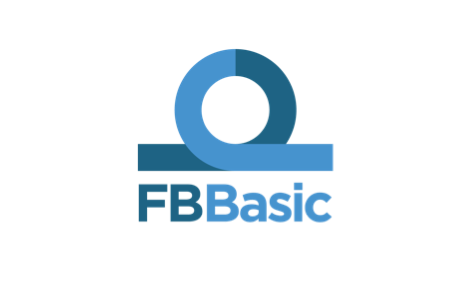
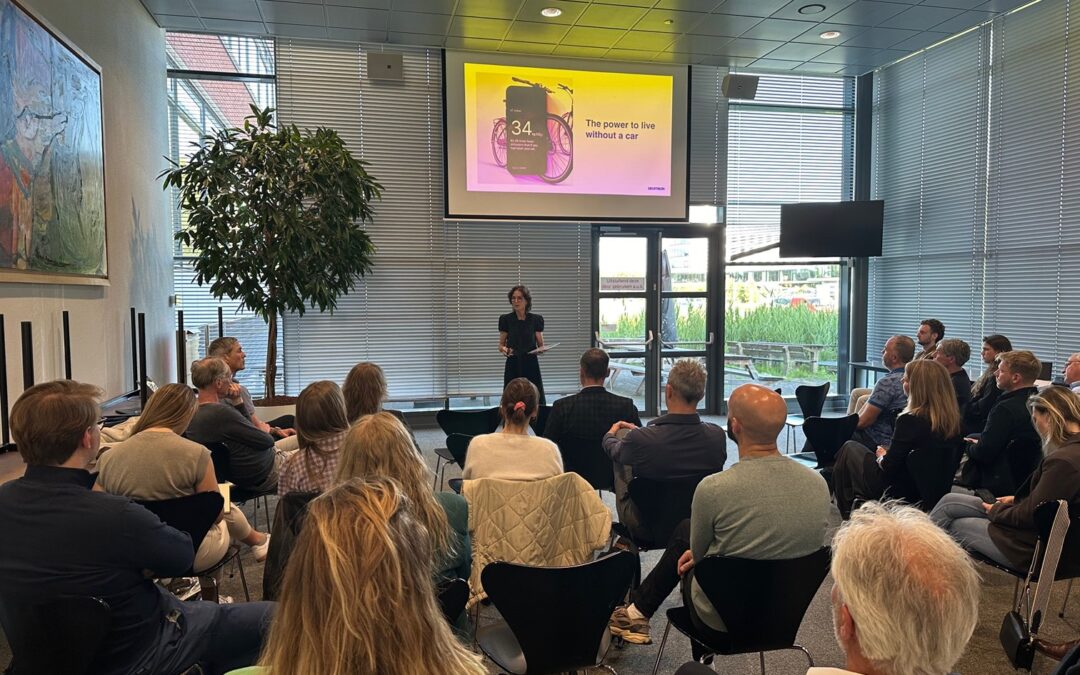
Recent Comments